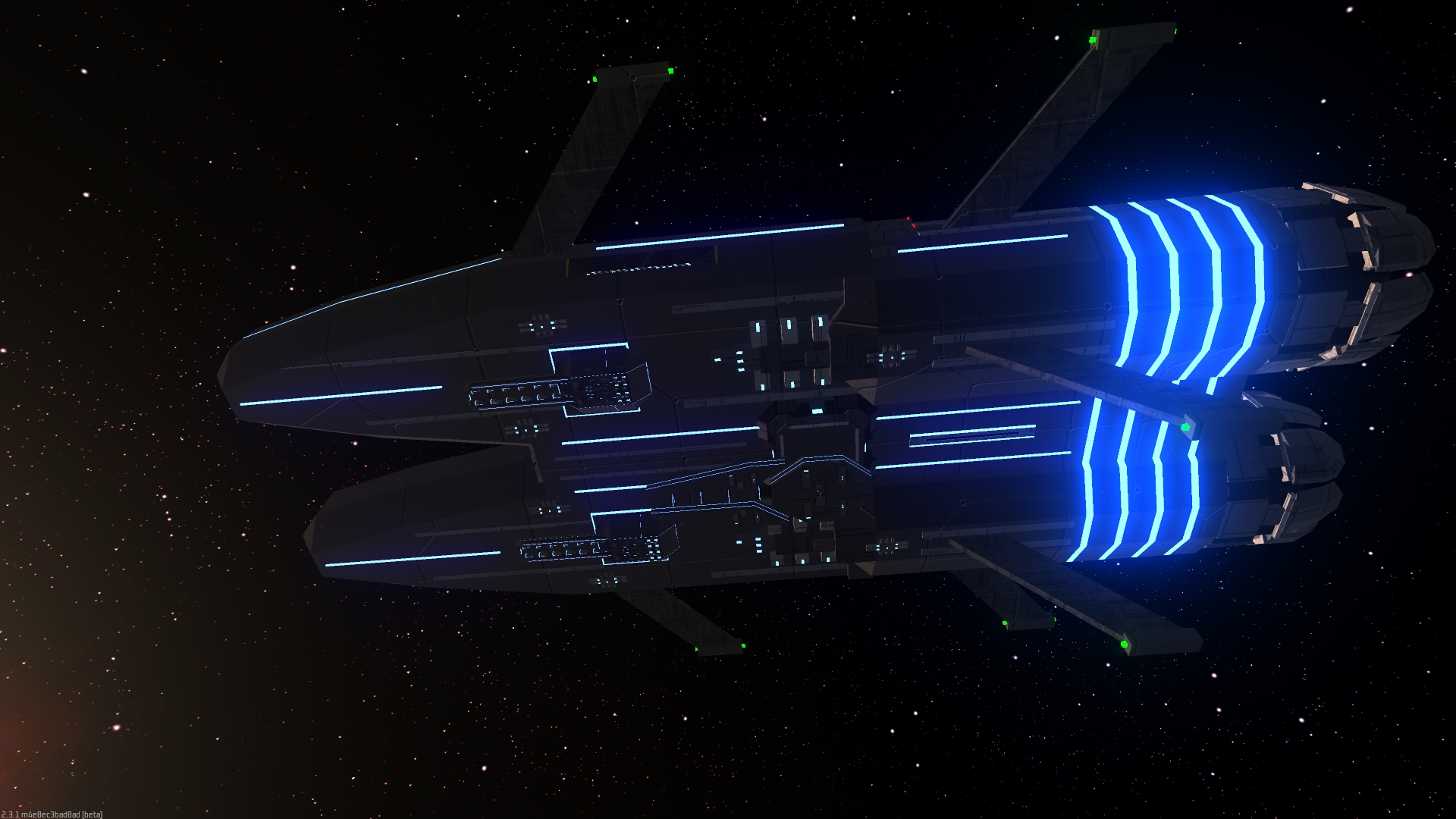Pakkahad XXXIV
A gas giant planet in the Pakkahad System.
Pakkahad XXXIV is the 34th planet from the star. The gas giant itself is being exploited by the Leosus Federation for hydrogen gas. They use stations that orbit the gas giant and collect hydrogen.
Orbiting this gas giant are various planet sized moons. Many of these are habitable; some also already have life. These planets are some of the more interesting parts of the system to the Hyperion Federation, other than the star itself, which is an extremely rare but valuable O class star.
This gas giant has several very large storms. Very powerful winds are observed in these areas. They can easily exceed 500 km/h winds.
The extreme winds are sometimes utilised by the orbital gas collection stations. Forcing the gas material up the collecting cable into the station, masive quantites of gas can be easily collected with little energy required to mak eit reach the station. This design of collection platform is very effective if unreliable (they require the wind to function) and there are many around the planet. Some of these stations are hybrids, designed to switch between these 2 modes. This makes up the majority of gas collection stations as they take advantages of both designs. Due to the huge hydrogen gas output of the gas giant, it was initially used by a large portion of the early Leosus Federation as starship fuel from when fusion reactors were the primary power source of the Leosus Federation. Although antimatter annihilation cores like those used by the current HF require little hydrogen, the stations are still useful as matter plasma. Transmutation Reactors are used to power the stations and convert hydrogen to various different isotopes and even elements in order to replicate objects without requiring the end user to have their own transmutation reactor. The planet is still very useful in this purpose. Now the stations are larger in order to store a larger amount of gas and matter plasma, and allow teleportation betwen stations and ships. Pakkahad XXXIV produces very little antimatter but it can supply nearby ships with matter plasma through teleportation.Most worlds also contribute to the defence of the Pakkahad system. This class O star is very valuable and with such a large number of planets it is essentinally a fortress and would probably be very hard to capture. The gas giant itself has little else of interest.
The extreme winds are sometimes utilised by the orbital gas collection stations. Forcing the gas material up the collecting cable into the station, masive quantites of gas can be easily collected with little energy required to mak eit reach the station. This design of collection platform is very effective if unreliable (they require the wind to function) and there are many around the planet. Some of these stations are hybrids, designed to switch between these 2 modes. This makes up the majority of gas collection stations as they take advantages of both designs. Due to the huge hydrogen gas output of the gas giant, it was initially used by a large portion of the early Leosus Federation as starship fuel from when fusion reactors were the primary power source of the Leosus Federation. Although antimatter annihilation cores like those used by the current HF require little hydrogen, the stations are still useful as matter plasma. Transmutation Reactors are used to power the stations and convert hydrogen to various different isotopes and even elements in order to replicate objects without requiring the end user to have their own transmutation reactor. The planet is still very useful in this purpose. Now the stations are larger in order to store a larger amount of gas and matter plasma, and allow teleportation betwen stations and ships. Pakkahad XXXIV produces very little antimatter but it can supply nearby ships with matter plasma through teleportation.Most worlds also contribute to the defence of the Pakkahad system. This class O star is very valuable and with such a large number of planets it is essentinally a fortress and would probably be very hard to capture. The gas giant itself has little else of interest.


